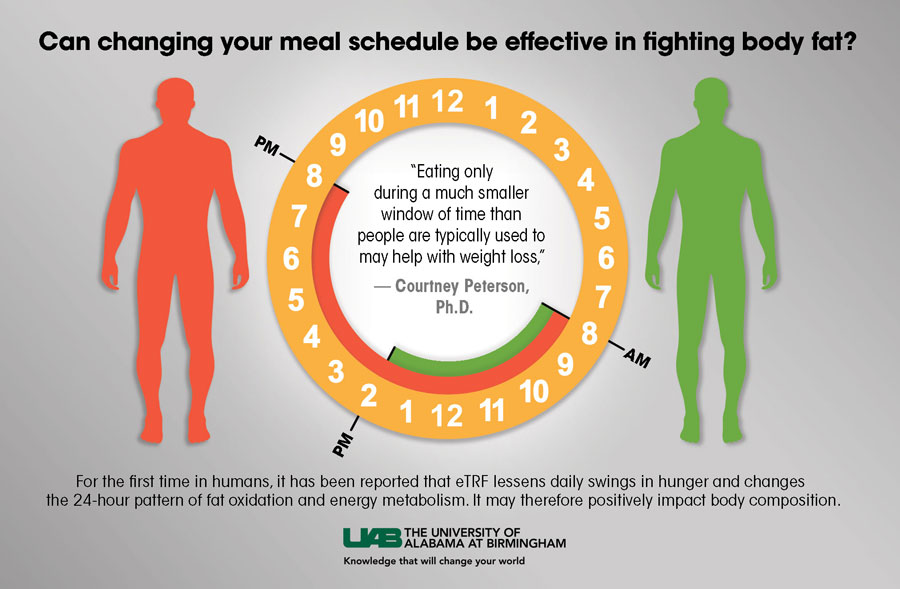click here for this edition's table of contents[subscribe2]
Other Good Stuff
- “Complexity is the enemy of execution” -Tony Robbins
1. More bad news for our phone addicted society. Using your phone at night decreases your alertness the next day. 2. You should watch the documentary, Minimalism, on Netflix. You don’t have to start throwing away stuff, but you might want to utilize their concepts: true values, needs vs. what we can afford, seeing through capitalism's traps/brainwashing, and spending time where it matters. It’s definitely worth the watch.3. “As a maker, you tend to do too much, because you’re there with all the tools and you keep putting things in. As a listener, you’re happy with quite a lot less.” -Brian Eno4. This 10 second video explains why our country is having so many problems. 5. Singularity, when artificial intelligence escalates to a point of runaway technological growth and change the word, is a very interesting concept. Maybe it’s what needs to happen to save our species and our planet?6. Look into your dog’s eyes. It will release oxytocin and make you both feel better. 7. ”People have always gotten their values, social skills and aspirations from their family, local community and circle of acquaintances. Are we approaching a tipping point where people start to get those things from commercial advertising and entertainment, news, and social media?” In this case, we could be confirmation biasing our way towards bad morals…8. In 1967, Kathrine Switzer was the first woman to finish the Boston Marathon. She faced great adversity from those who believed women shouldn't be able to run in the race. The organizer of the race, Jock Semple, even tried to physically stop her. Hindsight is 20/20 (for most). But consider the injustices that exist in our current society. There are many still out there that don't have basic human rights and equality. Fight for these people. Fight for human rights. Fight for equality and peace. Be on the right side of history. Everything will be better when we race together.9. A great achievement that all countries should strive for:
“98.2 percent of Costa Rica's electricity came from renewable sources in 2016.”
10. This guy gets it. The next I industrial revolution is in the form in AI. Watch this if you want a glimpse of the future. 11. “Use common sense, and don’t be seduced by the details. Eventually, someone will discover the errors in those details.” -Jared Diamond12. “The transactional mindset of self-interest is the problem of the modern world. If you were to let go of the pursuit of happiness, what would you do? To put it a bit more dramatically, suppose you were told that no matter what you did, you would never be happy. Never. What would you do with your life?”13. "Why does music, being just sounds, remind us of the states of our soul?" -Aristotle14. “In a nation that was proud of hard work, strong families, close-knit communities, and our faith in God, too many of us now tend to worship self-indulgence and consumption. Human identity is no longer defined by what one does, but by what one owns. But we've discovered that owning things and consuming things does not satisfy our longing for meaning. We've learned that piling up material goods cannot fill the emptiness of lives which have no confidence or purpose.“ -Jimmy Carterhttps://www.youtube.com/watch?v=KCOd-qWZB_g
The main reason I do this blog is to share knowledge and to help people become better clinicians/coaches. I want our profession to grow and for our patients to have better outcomes. Regardless of your specific title (PT, Chiro, Trainer, Coach, etc.), we all have the same goal of trying to empower people to fix their problems through movement. I hope the content of this website helps you in doing so.If you enjoyed it and found it helpful, please share it with your peers. And if you are feeling generous, please make a donation to help me run this website. Any amount you can afford is greatly appreciated.
[subscribe2]
 5.
5. 

 (
(


 (
(